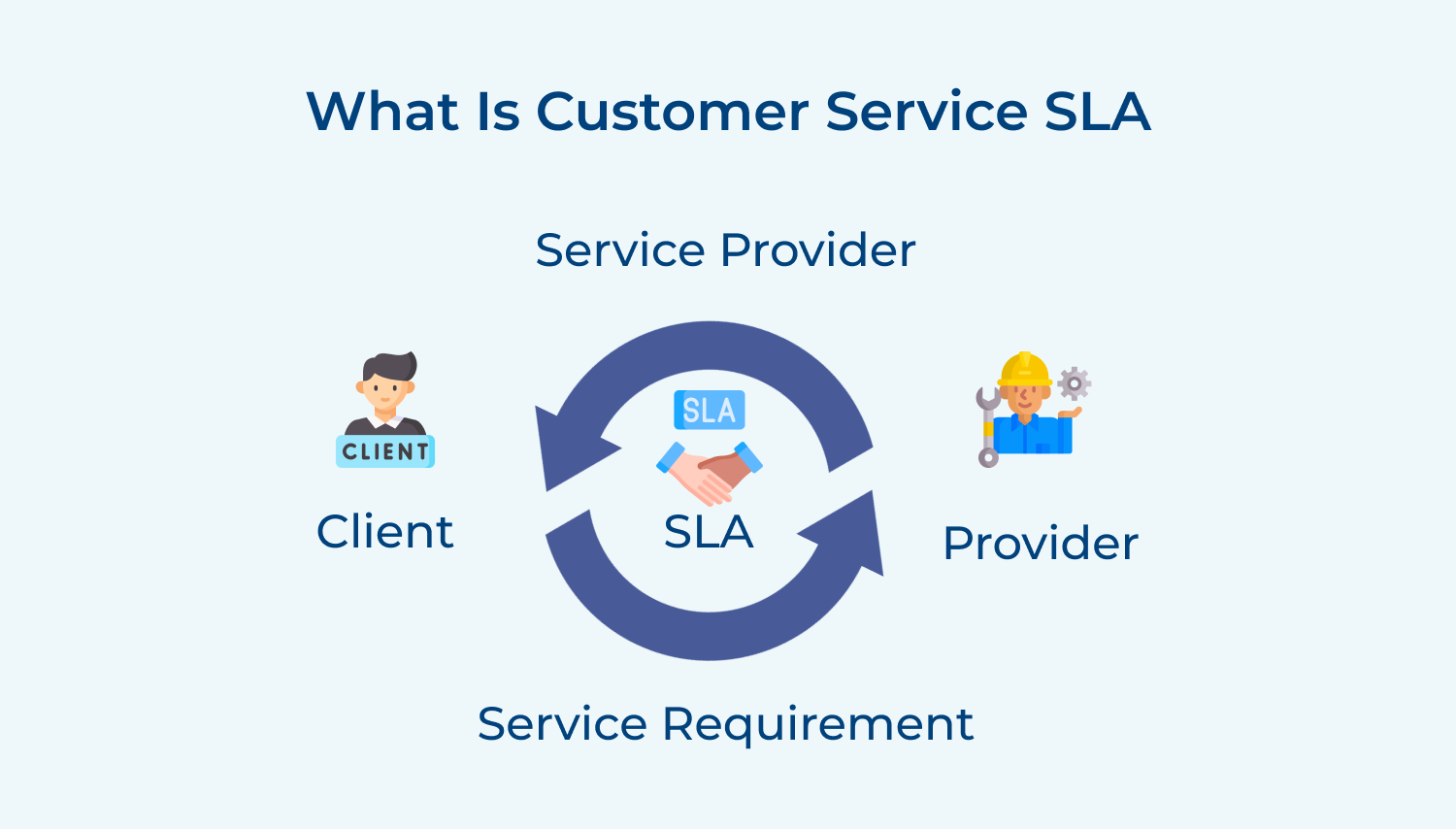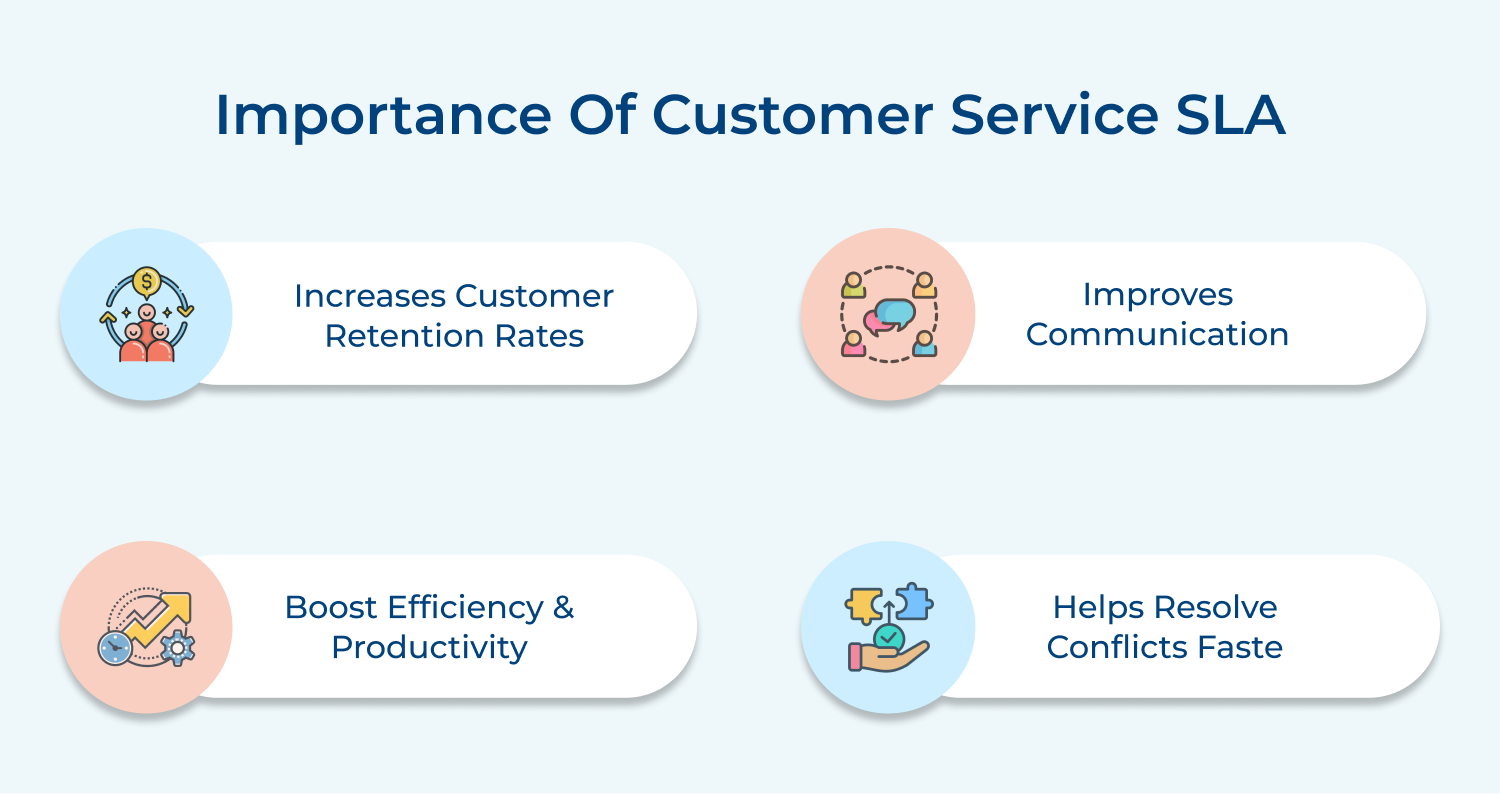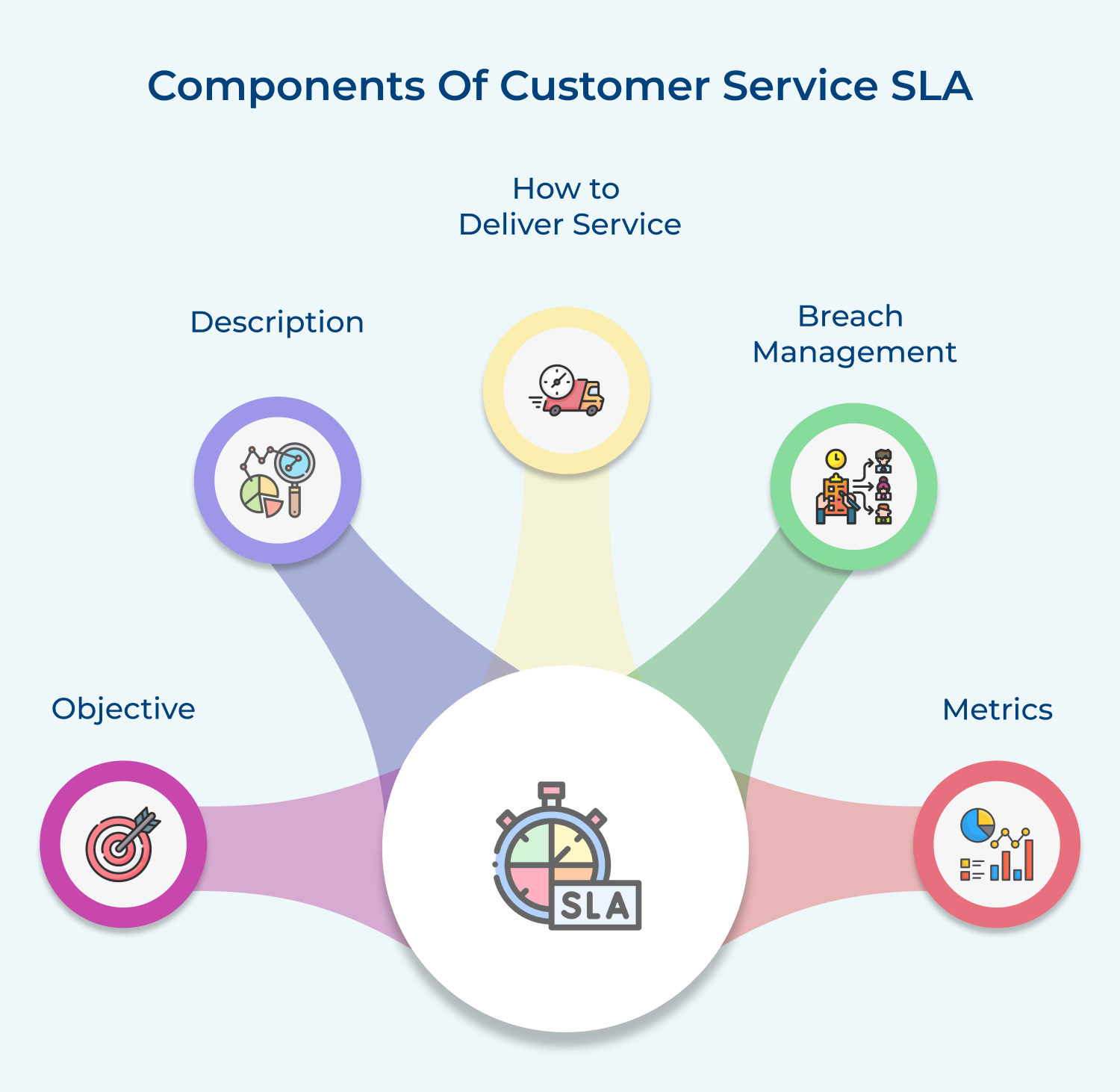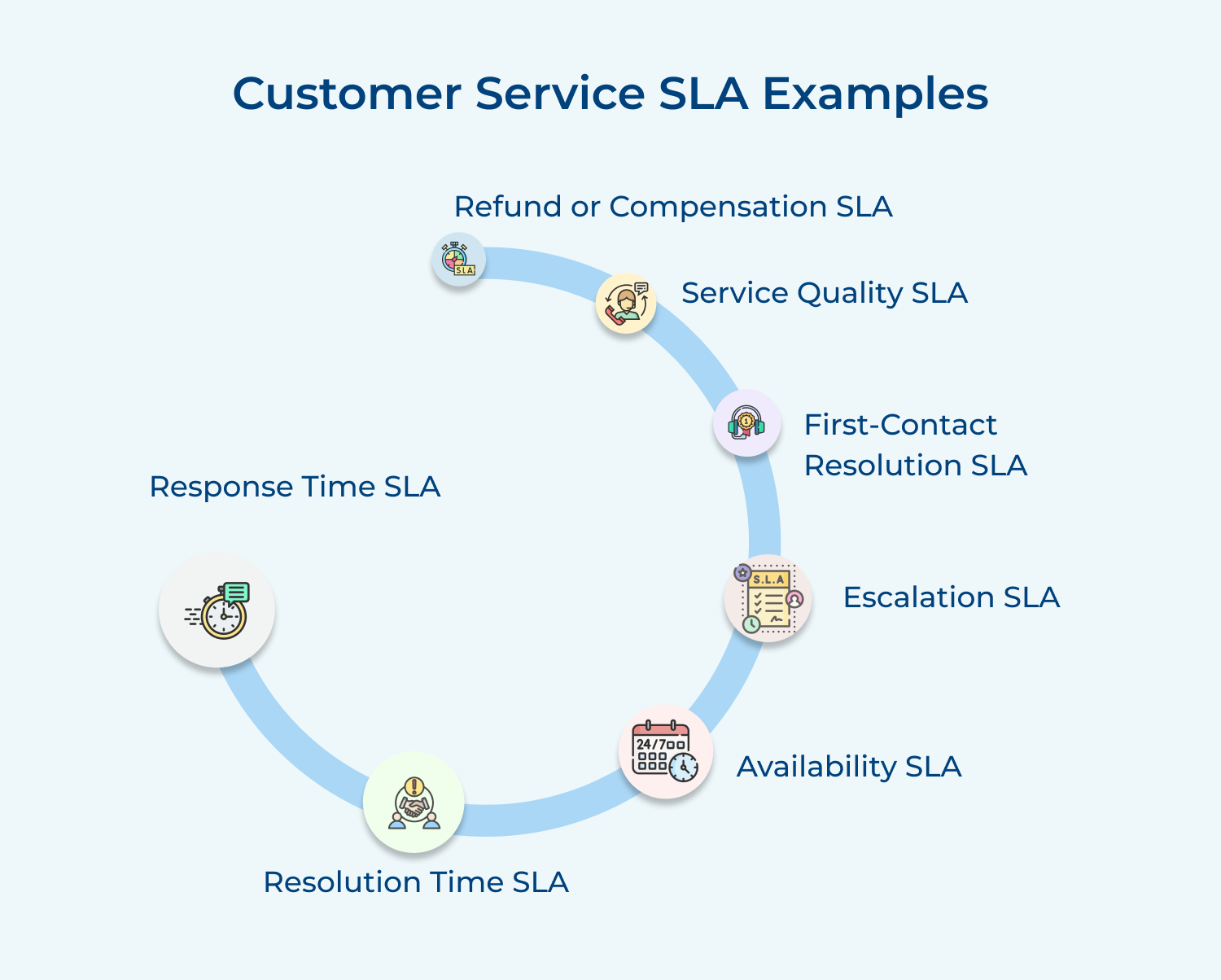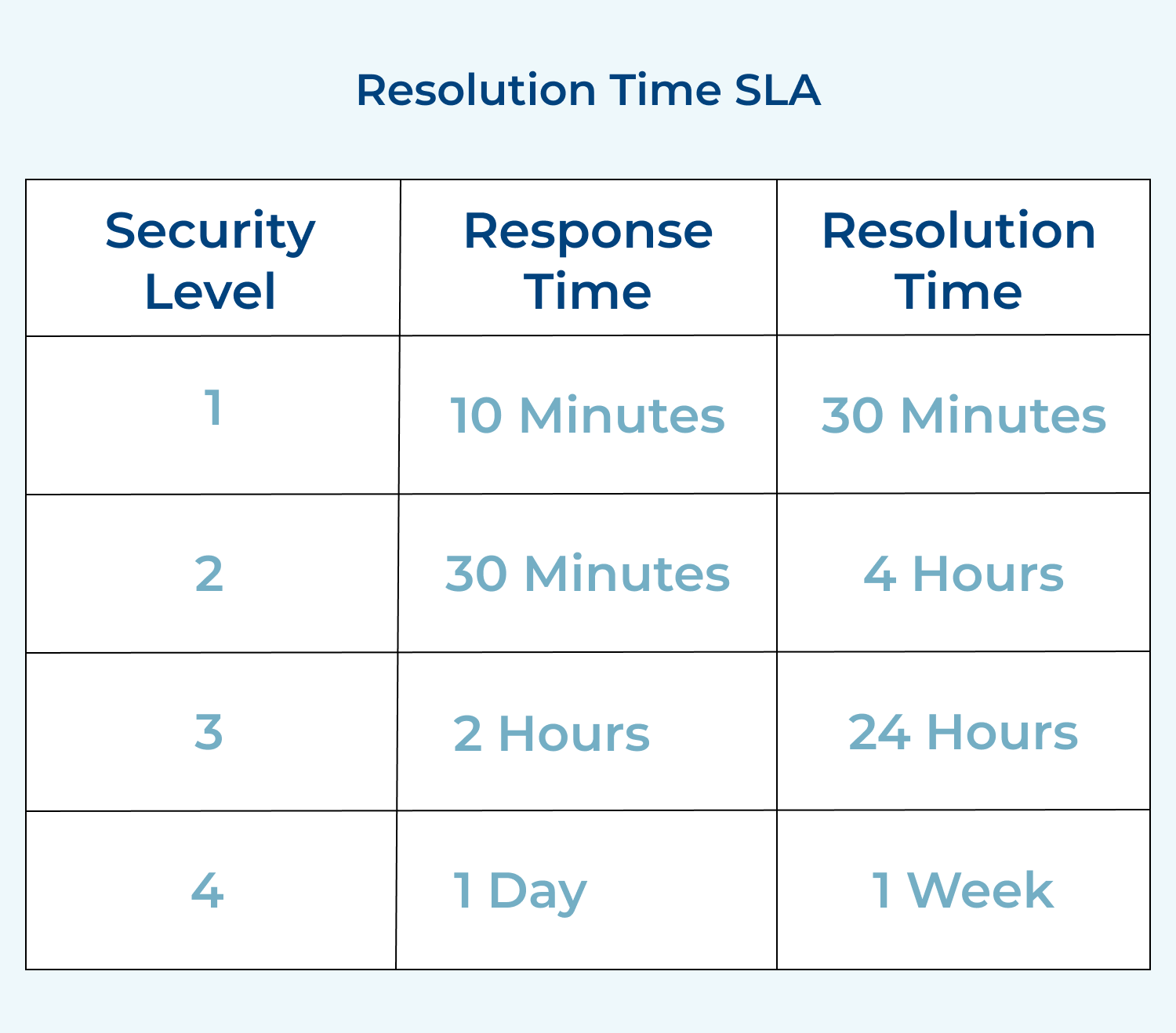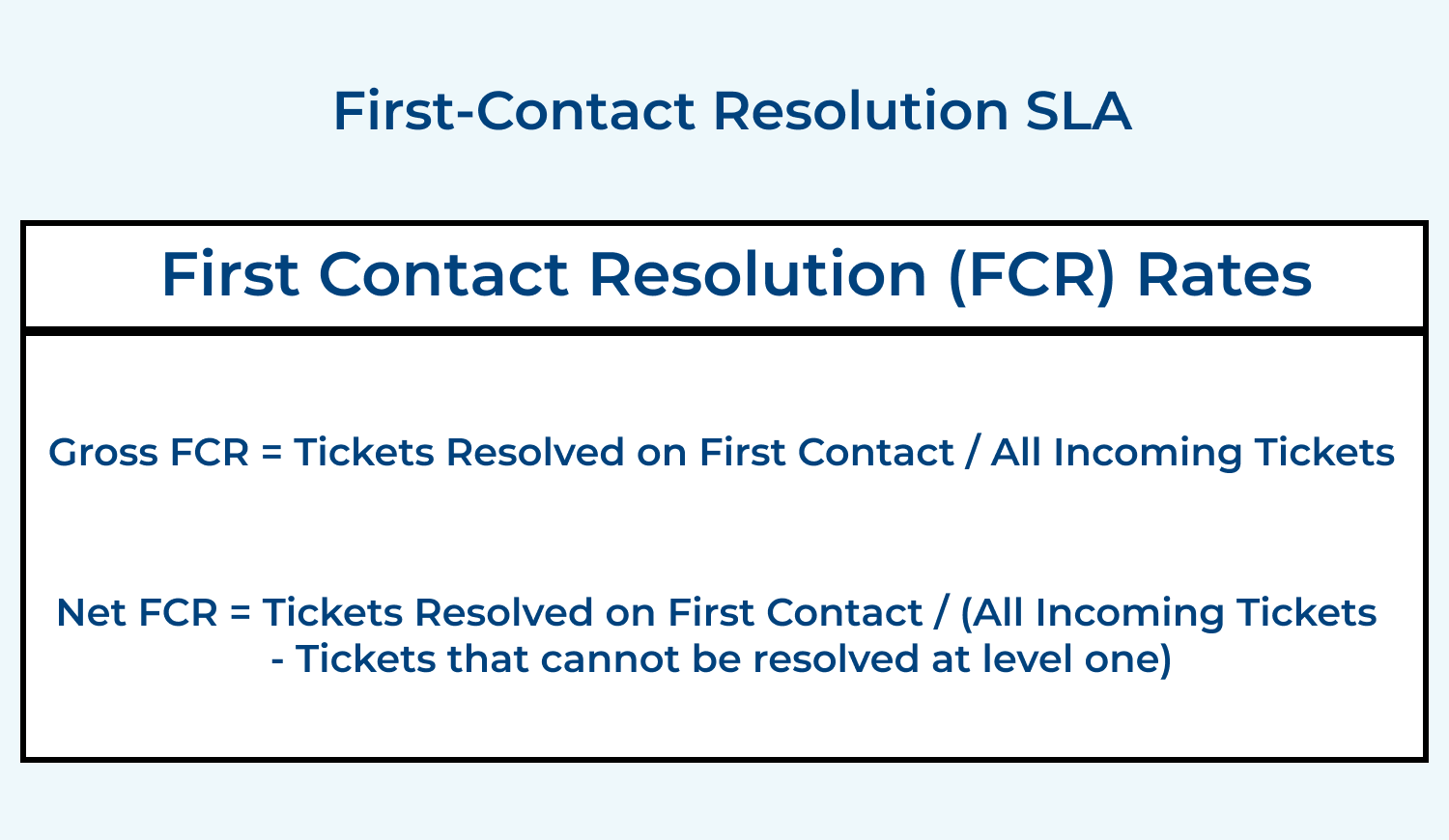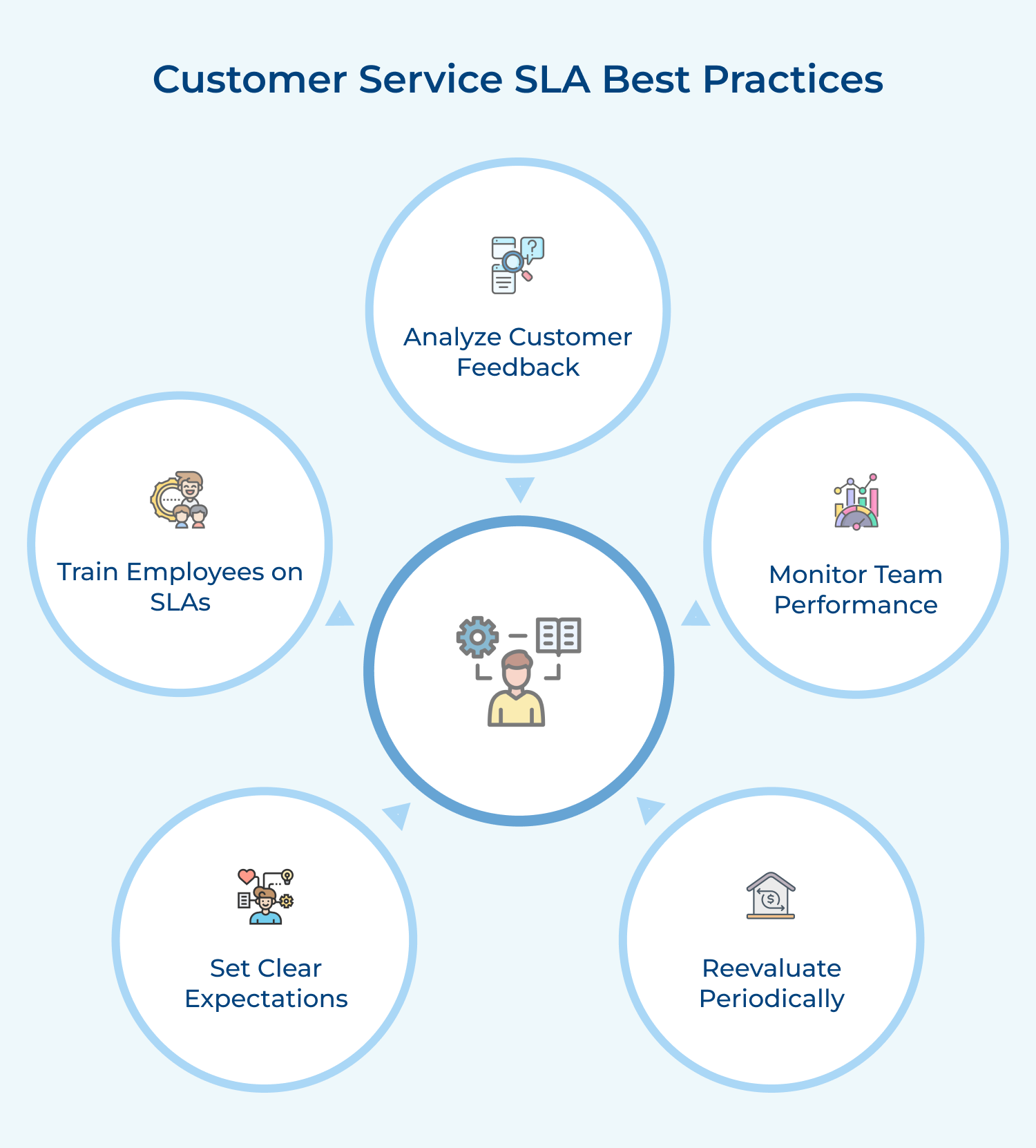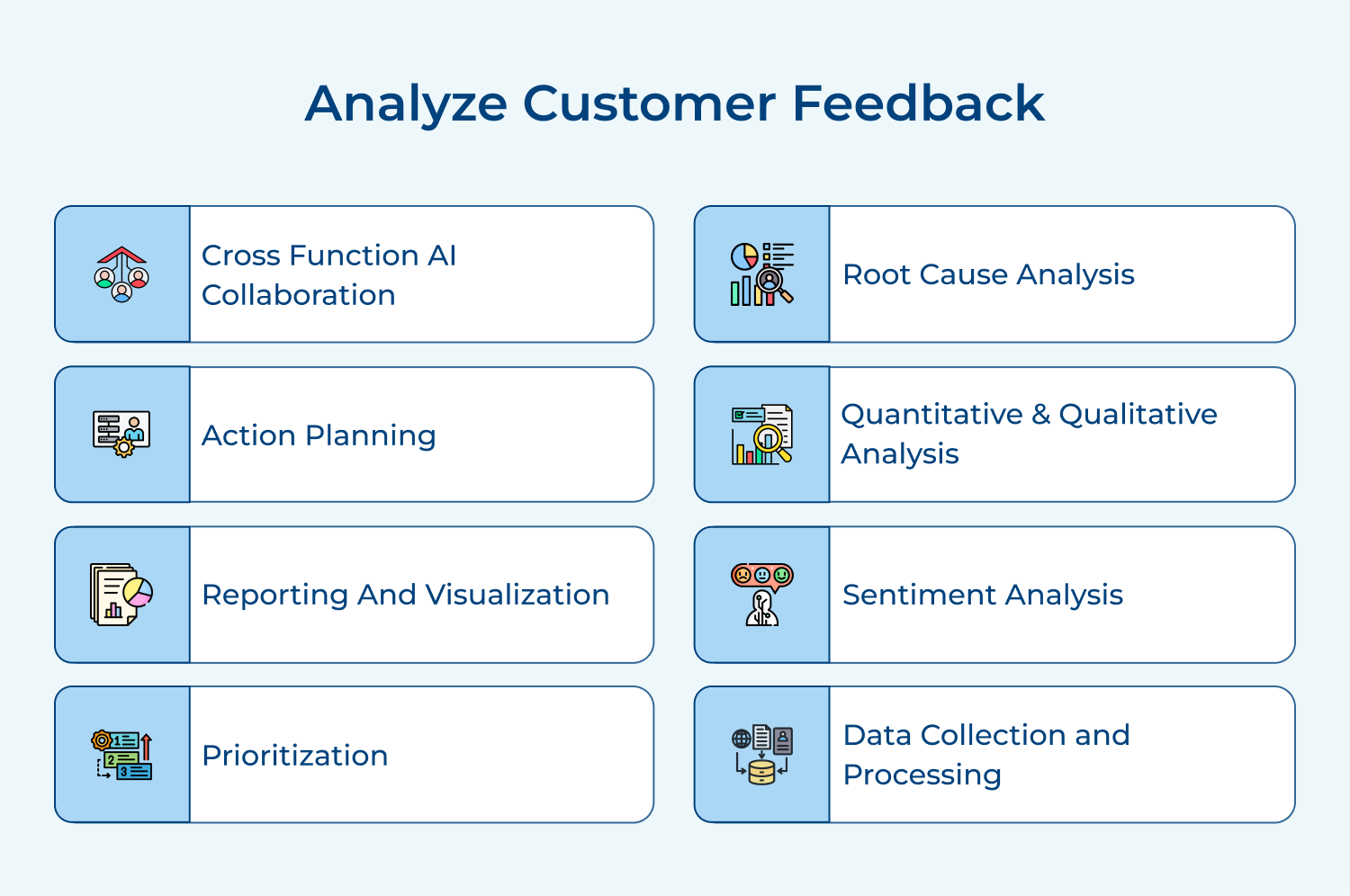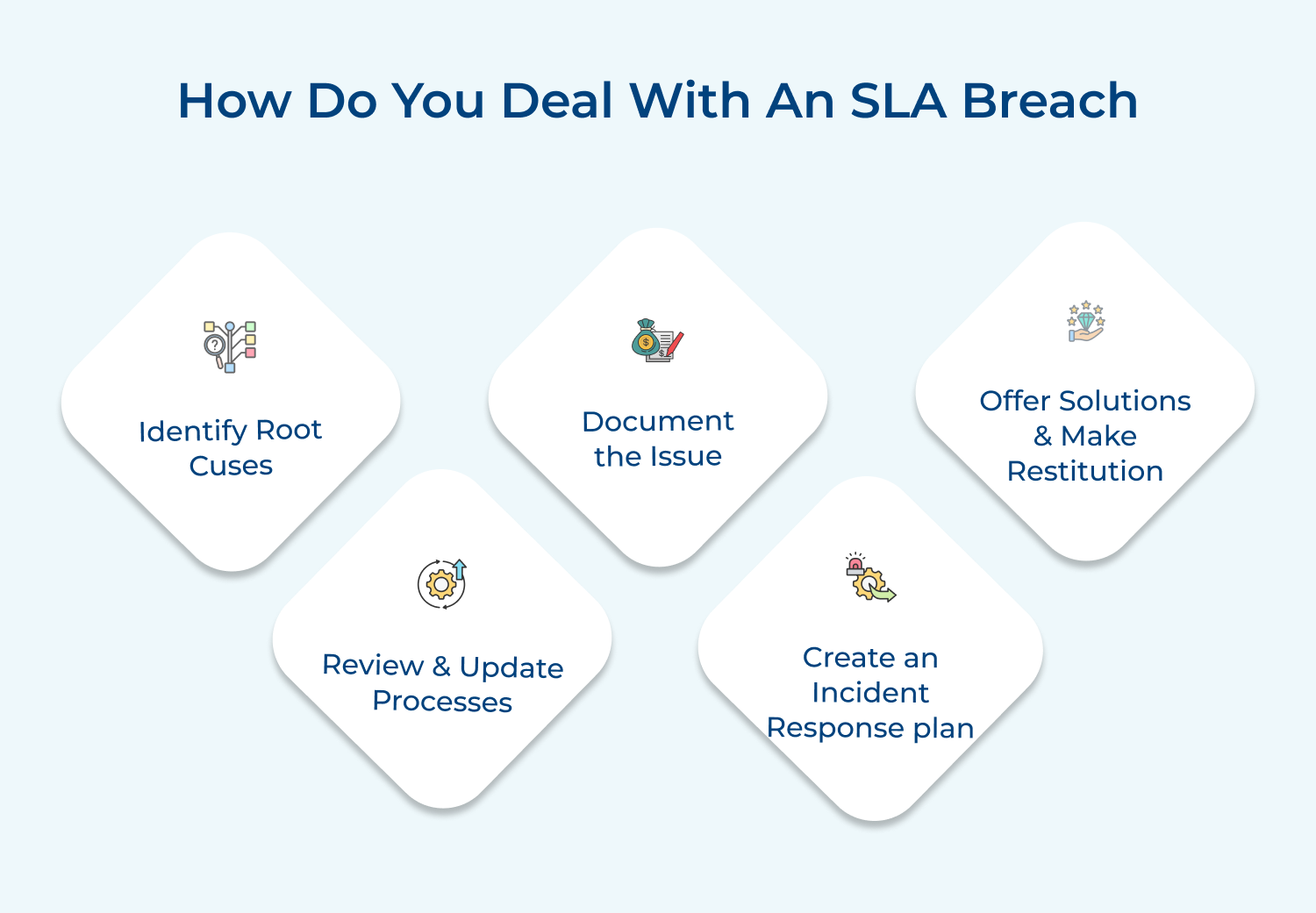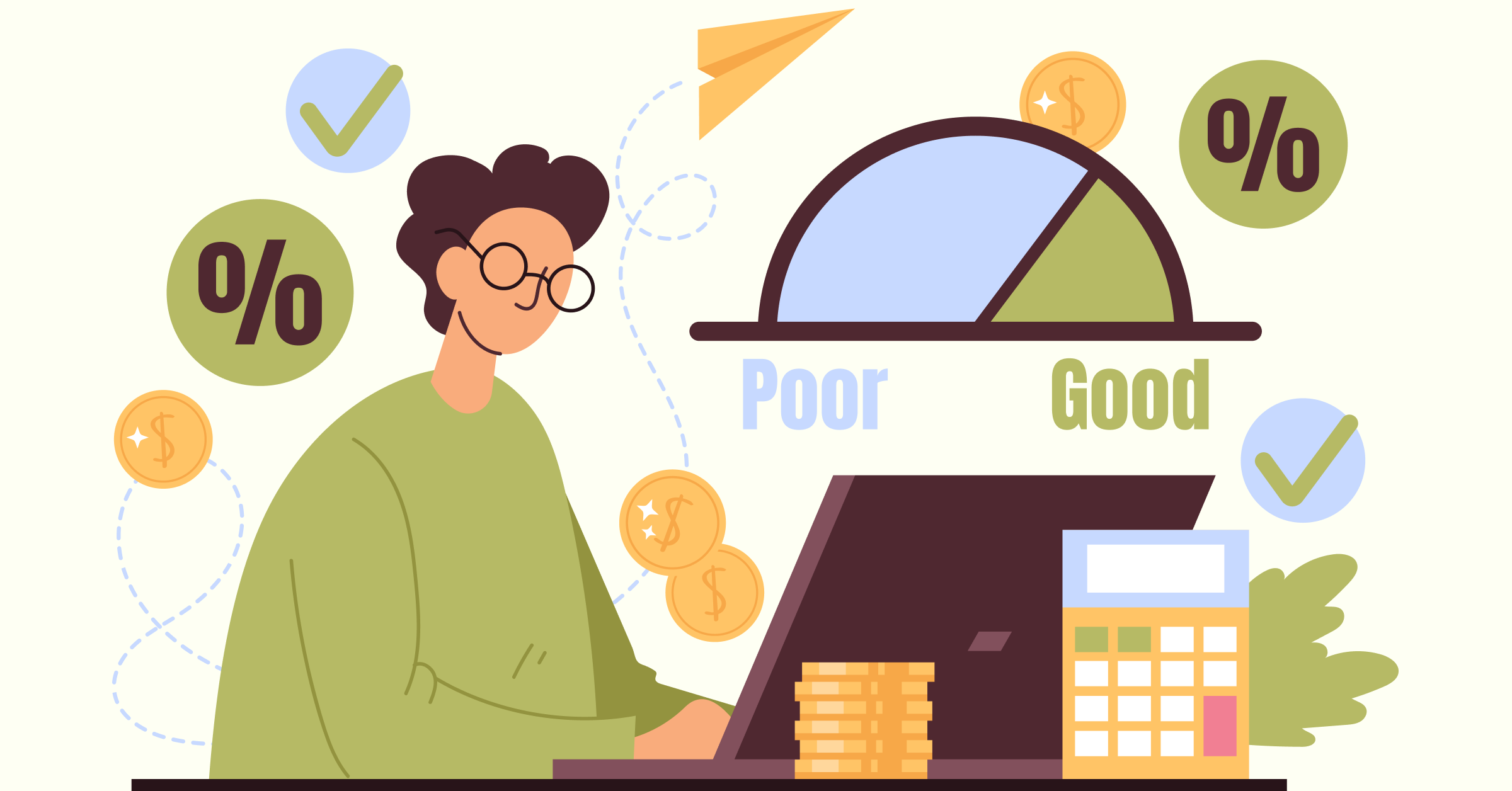Analyzing customer feedback is crucial for effectively managing customer service SLAs. It provides invaluable insights into customer satisfaction, identifies areas of improvement, and helps fulfill service level agreements.
Takeaway: Businesses can enhance their service quality, retain customers, and boost overall customer satisfaction by listening to customer opinions while addressing their concerns.
4. Monitor Team Performance
Tracking performance metrics related to customer satisfaction, such as ticket resolution rates and average handling time, provides insight into how well your team is upholding the demands set by the SLA agreement. Make sure your team has access to this information so they can monitor progress on an ongoing basis.
Monitoring team performance is crucial for effectively managing customer service SLAs. It ensures that service levels are met, identifies areas for improvement, and enables timely interventions.
Takeaway: Managers can make informed decisions, optimize workflows, as well as maintain customer loyalty by tracking metrics such as response time, customer satisfaction, and resolution rate.
5. Reevaluate Periodically
As new technologies come out and industry best practices evolve, review your customer service SLAs regularly so you stay current with modern standards while also providing superior experiences for customers. Evaluating these policies periodically will allow them to remain both competitive and relevant while also allowing you some time to fix any areas that need improvement before they become bigger issues down the line!
Reevaluating customer service SLAs is crucial for businesses to ensure they’re meeting their customers’ needs. Periodic assessments help identify areas for improvement, measure performance against set benchmarks, and adapt strategies accordingly.
Takeaway: The ongoing process enables companies to maintain high customer satisfaction, retain loyalty, and stay competitive in today’s rapidly evolving market.
How do you deal with an SLA breach?
SLA breaches can have serious consequences, so it’s important to know how to effectively address them when they arise. Here are four key steps on how to effectively manage them:
